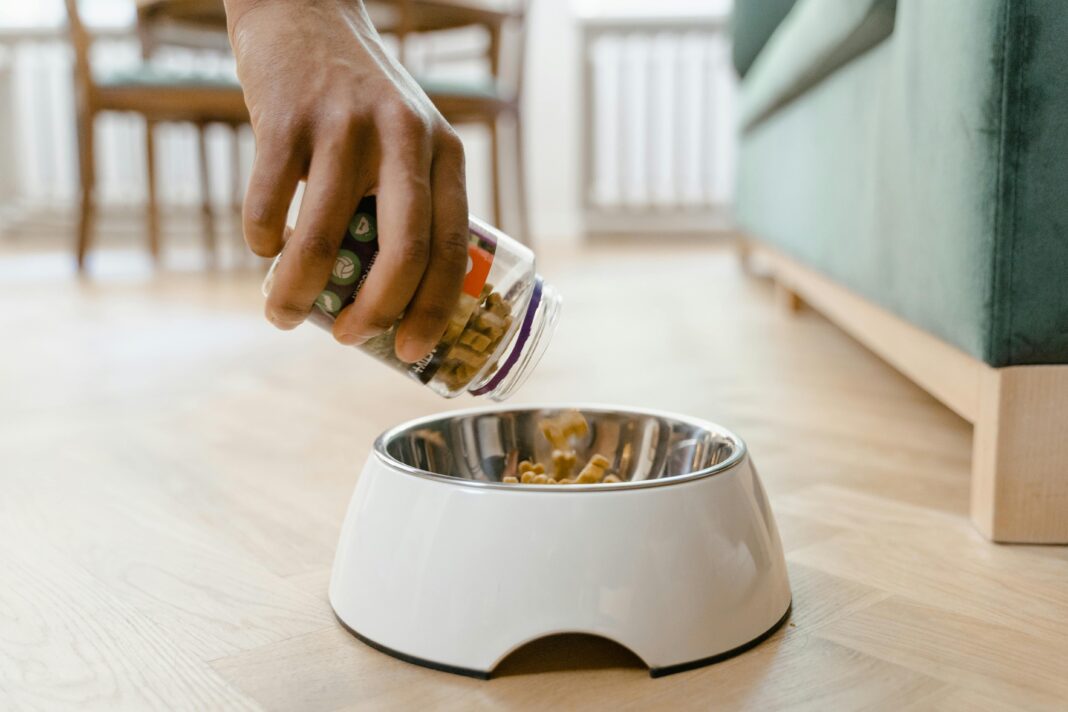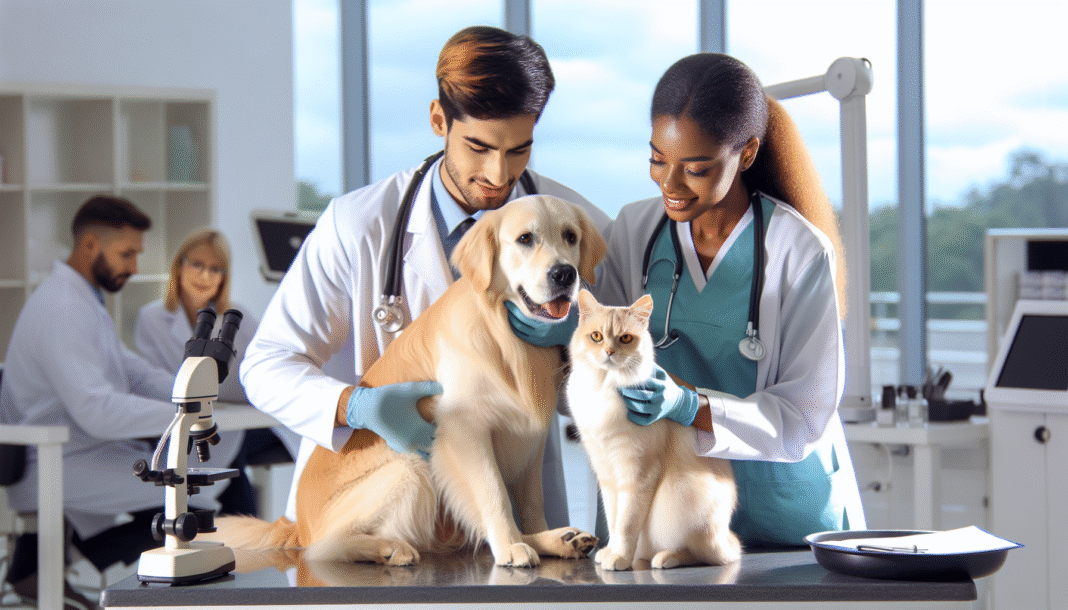Pet anxiety can significantly impact your furry friend’s well-being. Recognizing the causes, symptoms, and effective treatment options can help you provide a healthier, happier environment for your pet. Let’s delve into the world of pet anxiety and explore practical solutions.
Understanding Pet Anxiety
Causes of Pet Anxiety
Pet anxiety can stem from a variety of sources, including:
-
- Separation Anxiety: Many pets feel distressed when left alone, leading to destructive behavior or excessive vocalization.
-
- Loud Noises: Thunderstorms, fireworks, and other loud sounds can trigger fear in pets, resulting in anxiety.
-
- Changes in Routine: A new work schedule, moving homes, or the introduction of a new family member can unsettle your pet.
-
- Past Trauma: Animals that have experienced abuse or neglect may struggle with anxiety, particularly in unfamiliar situations.
Symptoms of Pet Anxiety
Identifying anxiety in pets is crucial for timely intervention. Common symptoms include:
-
- Excessive Barking or Meowing: Vocalization can indicate distress, especially when left alone.
-
- Destructive Behavior: Chewing, scratching, or digging can be a sign of anxiety.
-
- Pacing and Restlessness: An anxious pet may have difficulty settling down.
-
- Withdrawal: Hiding or avoiding interaction can signal deep-seated anxiety.
-
- Changes in Eating Habits: Loss of appetite or overeating may indicate emotional distress.
Diagnosing Pet Anxiety
Diagnosis is primarily based on observations and behavior. If you suspect your pet is suffering from anxiety:
-
- Consult with a Veterinarian: They can rule out medical issues that could mimic anxiety symptoms, such as pain or illness.
-
- Behavior Assessment: Keeping a diary of your pet’s behaviors, triggers, and responses can provide valuable insights for your vet.
-
- Professional Evaluation: In some cases, consulting a veterinary behaviorist may be necessary for a comprehensive assessment.
Effective Treatments for Pet Anxiety
Behavioral Modification
Implementing behavioral modification techniques can significantly help anxious pets:
-
- Desensitization: Gradually expose your pet to anxiety triggers in a controlled environment to help them become accustomed to the stimulus.
-
- Counter-Conditioning: Pair exposure to anxiety-inducing situations with positive experiences, like treats or play, to help reshape their emotional response.
Training and Commands
Teaching your pet basic commands (like “sit” or “stay”) can enhance their confidence and provide a structure that may alleviate anxiety.
-
- Consistent Routine: Establishing a daily routine can create a sense of security and predictability for your pet.
-
- Calm Environment: Utilize commands to redirect their attention away from anxiety-inducing triggers.
Medication Options
In more severe cases, medication may be necessary. Discuss options with your vet, which can include:
-
- Anti-Anxiety Medications: These can help manage symptoms, but should be used in conjunction with behavioral therapy for best results.
-
- Natural Supplements: Some pets benefit from herbal remedies or supplements designed to calm anxiety. Always consult your vet before starting any new treatment.
Preventing Pet Anxiety
Early Socialization
Expose your pet to various environments, people, and experiences early on to help them build resilience against anxiety.
-
- Puppy or Kitten Classes: Enroll your young pet in training classes to foster socialization and reduce fear of new experiences.
Create a Safe Space
Designate a quiet area in your home where your pet can retreat during stressful times.
-
- Comfort Items: Provide blankets, toys, or items that carry your scent to help them feel secure.
Routine and Structure
Maintain a consistent daily routine, including feeding, walks, and playtime. This predictability helps alleviate stress.
-
- Regular Exercise: Engage your pet in regular physical activity to reduce built-up energy and anxiety.
Use of Calming Aids
Consider using calming aids such as:
-
- Thundershirts: These snug garments can provide comfort to anxious pets during stressful events.
-
- Calming Diffusers: Products that release calming pheromones into the environment can help create a soothing atmosphere.
Conclusion
By understanding the causes and symptoms of pet anxiety and implementing practical solutions, you can help your furry friend lead a healthier and happier life. A proactive approach to addressing anxiety ensures a strong, loving bond between you and your pet, enabling both of you to enjoy life to the fullest.





